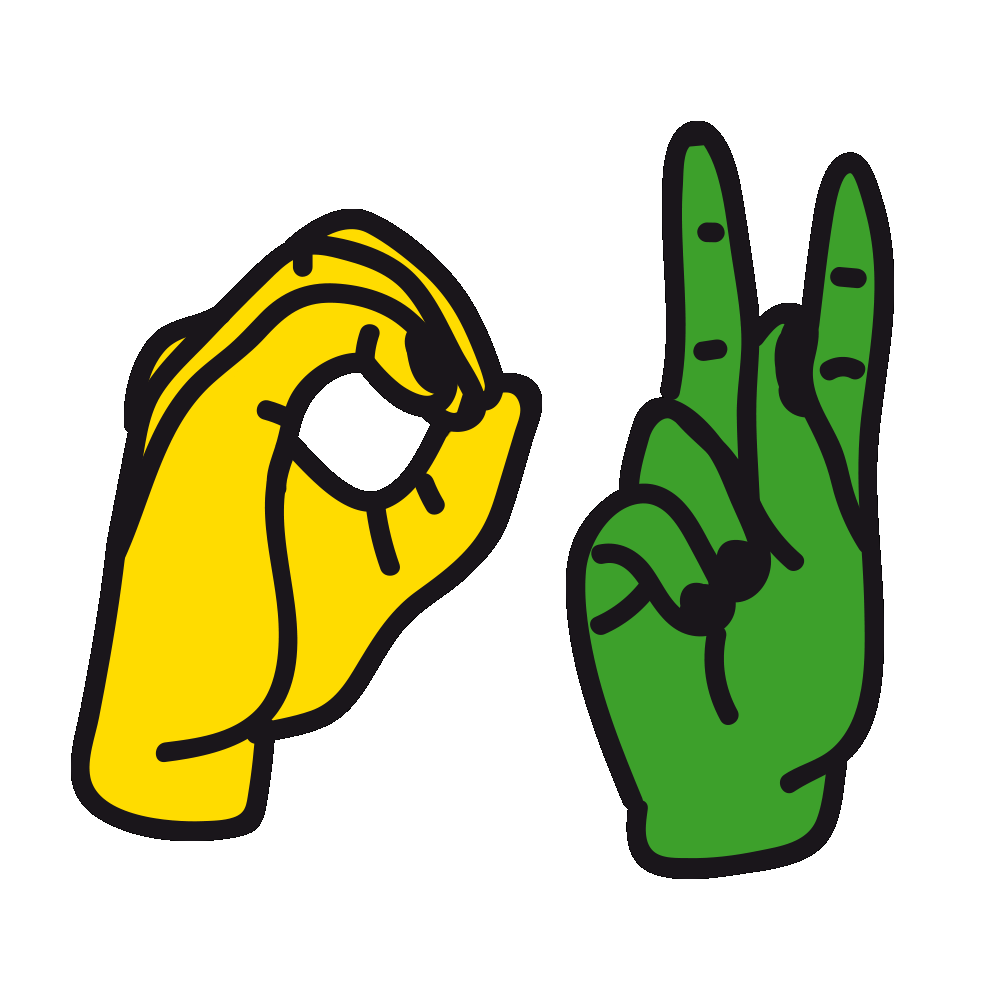LEARN
TO SIGN

When infants are identified with hearing loss, the primary concern is often their language development and the developmental domains that rely on timely language acquisition, such as cognition and socioemotional development. This concern can quickly become a developmental emergency if deaf children are unable to access the spoken language within their home and their non-deaf family members do not know a signed language. Typical medical and educational interventions are to address the hearing loss via technology, such as hearing aids and cochlear implants, often without incorporating the learning of a signed language
Language deprivation is the persistent lack of unhindered access to a natural language during the critical period of language acquisition. This period of approximately the first five years of life is a time-limited window of brain development for establishing first-language fluency.10 The research evidence strongly suggests that language deprivation, rather than strictly hearing loss, is the underlying cause of poor language, educational and health outcomes in the deaf population, and is traceable to a lack of a signed language exposure for deaf children in their early development

Signed languages are natural human languages existing across numerous societies around the world. As with spoken languages, signed languages display phonetic, phonemic, syllabic, morphological, syntactic, discourse, and pragmatic levels of organization as expected of natural languages.1 While often named using national terms (such as American Sign Language, Thai Sign Language, among many others), signed languages are distinct from spoken languages and there can be several signed languages in one country